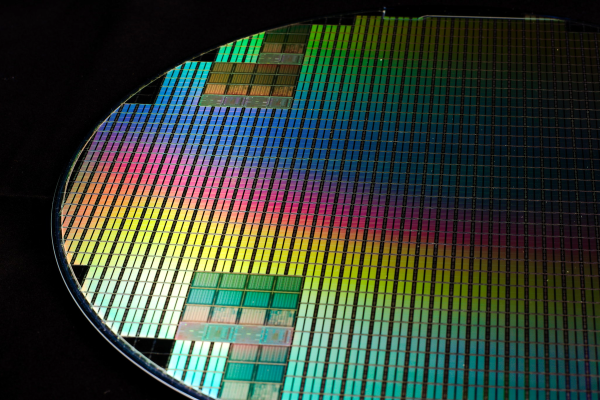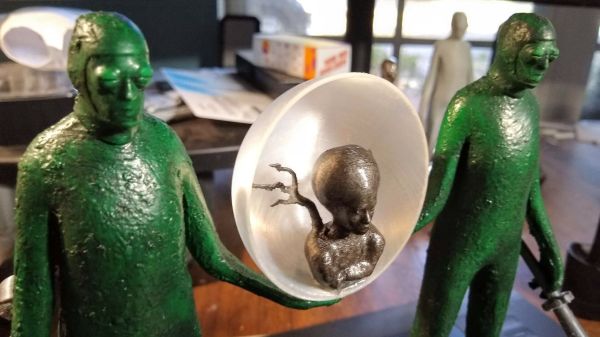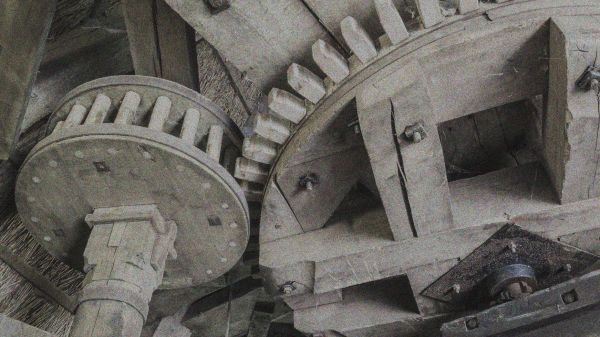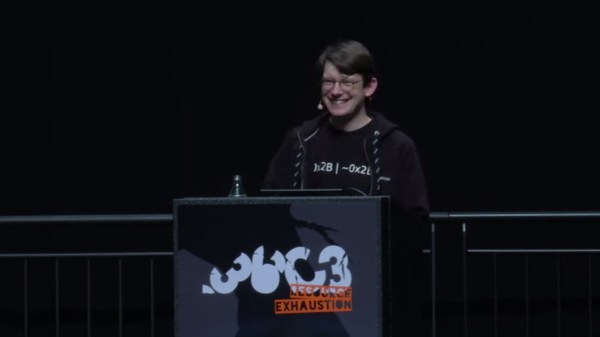Join us on Wednesday, June 16 at noon Pacific for the Art with Technology Hack Chat with Cory Collins!
As hackers, we naturally see the beauty of technology. We often talk in terms of the aesthetics of a particular hack, or the elegance of one solution over another, and we can marvel at the craftsmanship involved in everything from a well-designed PCB to a particularly clever reverse-engineering effort. Actually using technology to create art is something that’s often harder for us to appreciate, though, and looking at technological art from the artist’s side can be pretty instructive.
Cory Collins is an animator and artist with a long history of not only putting tech to work to create art, but also using it as the subject of his pieces. Cory’s work has brought life to video games, movies, and TV shows for years; more recently, he has turned his animation skills to developing interactive educational material for medical training. He has worked in just about every physical and digital medium imaginable, and the characters and scenes he has created are sometimes whimsical, sometimes terrifying, but always engaging.
Cory will stop by the Hack Chat to talk about what he has learned about technology from the artist’s perspective. Join us as we dive into the creative process, look at how art influences technology and vice versa, and learn how artistic considerations can help us address the technical problems every project eventually faces.
 Our Hack Chats are live community events in the Hackaday.io Hack Chat group messaging. This week we’ll be sitting down on Wednesday, June 16 at 12:00 PM Pacific time. If time zones have you tied up, we have a handy time zone converter.
Our Hack Chats are live community events in the Hackaday.io Hack Chat group messaging. This week we’ll be sitting down on Wednesday, June 16 at 12:00 PM Pacific time. If time zones have you tied up, we have a handy time zone converter.
Click that speech bubble to the right, and you’ll be taken directly to the Hack Chat group on Hackaday.io. You don’t have to wait until Wednesday; join whenever you want and you can see what the community is talking about.




















